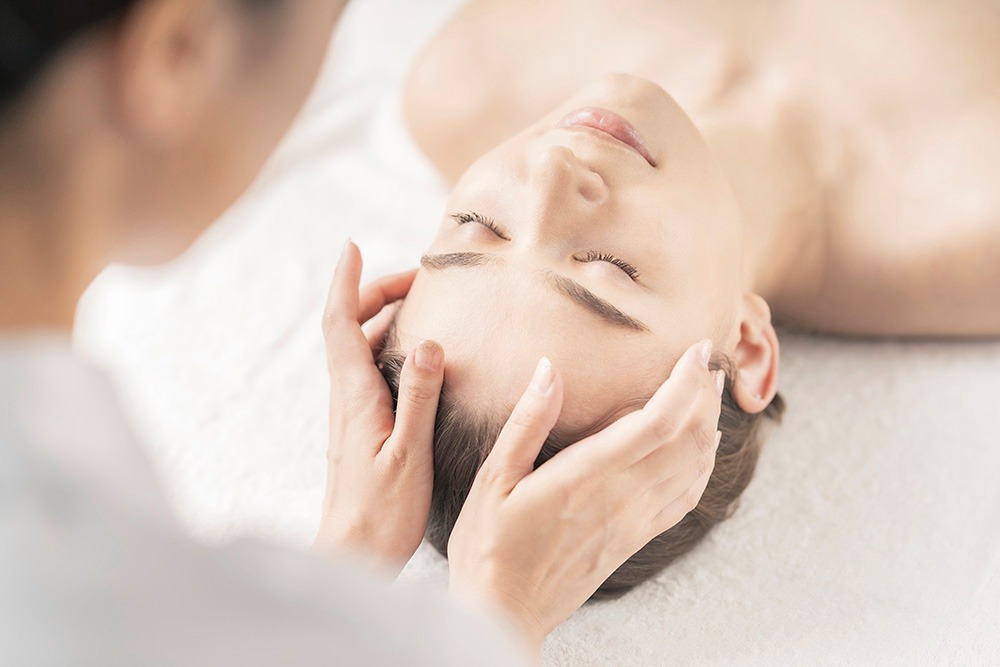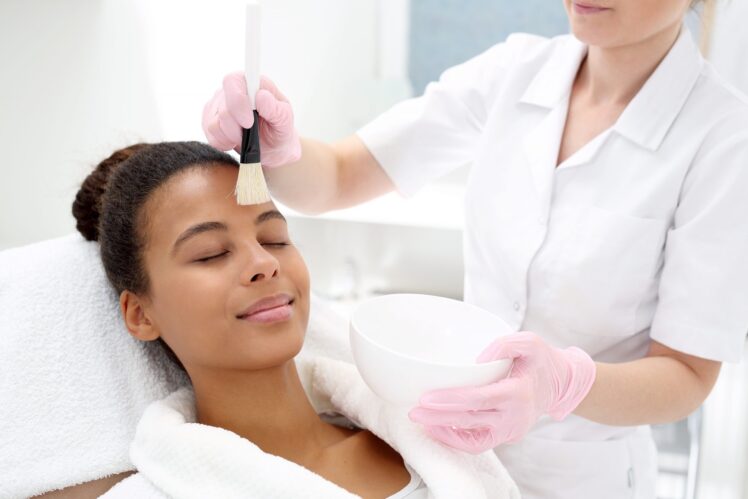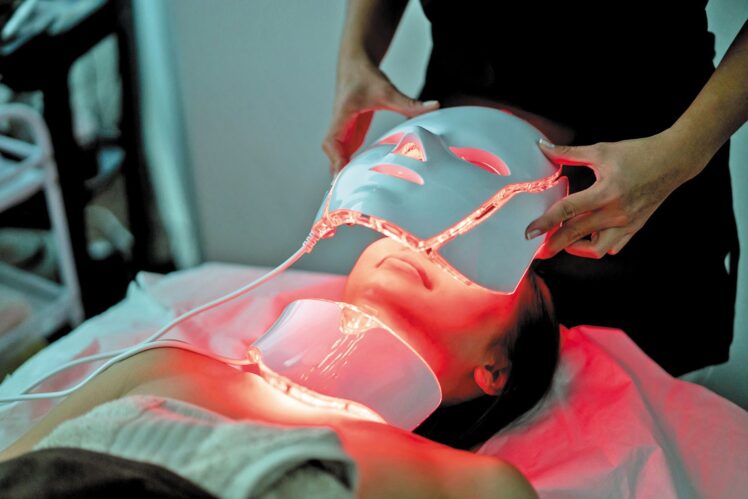How to Become an Esthetician – Your Step-by-Step Guide to Glowing Success

Did you know the skincare industry is projected to hit $200 billion globally by 2026? That means more demand for professionals who know their way around a facial, a chemical peel, and a flawless brow arch.
If you’ve ever dreamed of making people look and feel amazing, it’s time to turn that passion into a paycheck. But where do you even start?
If you’re serious about pursuing this career path, you need to understand every step required—from training to licensing and beyond. In this guide, you’ll learn exactly how to get started, what challenges you may face, and how to set yourself apart in an ever-growing industry.
Key Points:
- Learn the exact steps required to break into the skincare industry, from education to licensing and job opportunities.
- Find out what training and certifications are necessary to establish credibility and gain hands-on experience.
- Discover how to choose the best school for your education and career goals.
- Get insider tips on landing a job and building a strong client base from the very beginning.
- Avoid common mistakes that could slow down your career progress and cost you valuable opportunities.
What Does It Take to Become an Esthetician?

Source: evergreenbeauty.edu
Becoming a licensed professional isn’t just about watching tutorials or experimenting with products at home. It takes dedication, proper education, and a strategic plan to build a successful career in this competitive industry.
You need proper training, certification, and hands-on experience. The process involves multiple steps, including education, licensing, specialization, and career-building strategies. Understanding what’s required upfront will save you time, money, and frustration down the road.
Step 1: Enroll in a Recognized Beauty School
If you want to become a top-tier professional, you need the best education. The award-winning beauty school at Elizabeth Sands is one of the most prestigious institutions, having won Beauty School of the Year multiple times. A top-rated school gives you expert instructors, hands-on training, and connections that will help your career take off.
Look for a school that offers:
- Accredited programs: Ensure the school meets state or national regulations so your certification is valid everywhere.
- Comprehensive coursework: The curriculum should cover skincare science, different treatments, hygiene standards, and client management.
- Hands-on experience: Practical training with real clients is crucial for refining your skills and boosting confidence.
- Strong industry reputation: Schools with a track record of successful graduates and partnerships with top spas and clinics can open doors for you.
Taking the time to research and select the best educational institution will set the foundation for your entire career.
Step 2: Get the Right Training and Complete Required Hours
Every region has different requirements, but most programs include detailed instruction in multiple areas. Expect to learn:
- Skin analysis and treatments: You’ll need to identify different skin types, conditions, and the best treatments for each.
- Facial techniques and extractions: Mastering deep cleansing and pore extraction techniques is essential.
- Hair removal and waxing procedures: Many clients seek expert waxing services for brows, lips, and full-body treatments.
- Body treatments and peels: Exfoliation, hydration, and targeted treatments play a key role in skin health.
- Product knowledge and ingredient safety: Understanding which products suit different skin types will make you a trusted expert.
On top of theoretical knowledge, hands-on training is mandatory. Most states or countries require a specific number of training hours before you can take the licensing exam. Some areas require 600 hours, while others go up to 1,500. The more hours you complete, the better prepared you’ll be to handle real clients with confidence.
Step 3: Pass the Licensing Exam

Source: istockphoto.com
No matter how talented you are, you can’t work without a license. The exam usually includes:
- A written test that covers topics like skin biology, sanitation, state laws, and client safety protocols.
- A practical exam where you demonstrate skills such as facials, waxing, and extractions on a live model.
To pass, practice as much as possible. Many schools offer exam prep courses to help students get ready. Reviewing textbooks, taking mock exams, and staying updated on industry regulations will also boost your chances of success.
Step 4: Pick a Specialty and Stand Out
The skincare industry offers a range of career paths. Finding your niche will help you develop expertise and attract specific clients. Consider specializing in:
- Medical esthetics: Work with dermatologists and plastic surgeons to provide advanced treatments like chemical peels and laser therapy.
- Spa and relaxation therapy: Focus on facials, body treatments, and holistic skin health.
- Makeup and skincare retail: Combine skincare knowledge with product recommendations and application services.
- Lash and brow artistry: Specialize in lash extensions, brow shaping, and semi-permanent makeup.
Your specialty will determine the type of training you may need and which types of clients you’ll attract. Choosing an area you’re passionate about will also keep you motivated throughout your career.
Step 5: Build a Portfolio and Land a Job
Once you’re certified, it’s time to showcase your talent and secure a job. Start by:
- Taking high-quality before-and-after photos of your work to demonstrate your skills.
- Offering discounted or free treatments to friends and family to gain experience and collect testimonials.
- Creating a strong social media presence to share your work and attract potential clients.
- Networking with industry professionals to learn about job opportunities and collaborations.
Most professionals start their careers in salons, spas, or medical offices before branching out on their own. If you’re interested in freelancing or starting your own business, consider renting a space or offering mobile services to build a loyal client base.
Step 6: Continue Learning and Growing

Source: health.harvard.edu
The skincare industry evolves constantly, with new trends and treatments emerging all the time. Stay ahead by:
- Attending advanced training workshops to learn cutting-edge techniques.
- Getting certified in new treatments like microneedling, LED therapy, or dermaplaning.
- Keeping up with industry trends to ensure you remain competitive and knowledgeable.
Final Thoughts
A career in skincare is rewarding, flexible, and filled with opportunities. With proper training, licensing, and smart career moves, you can turn your passion into a profitable business. The beauty industry never stops evolving, and neither should you. Stay curious, keep improving, and make every client feel like their best self!





